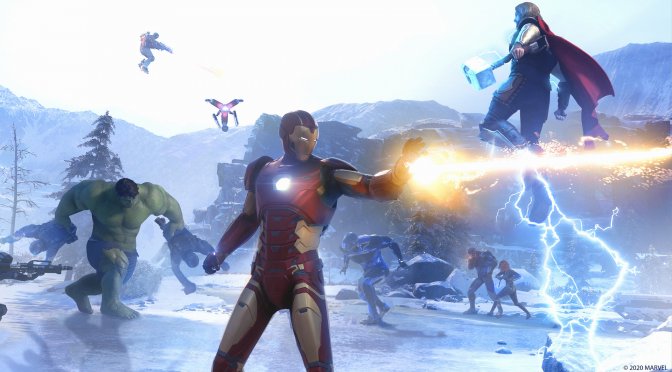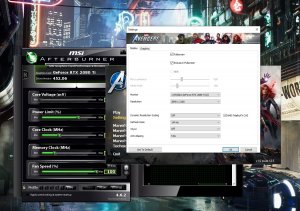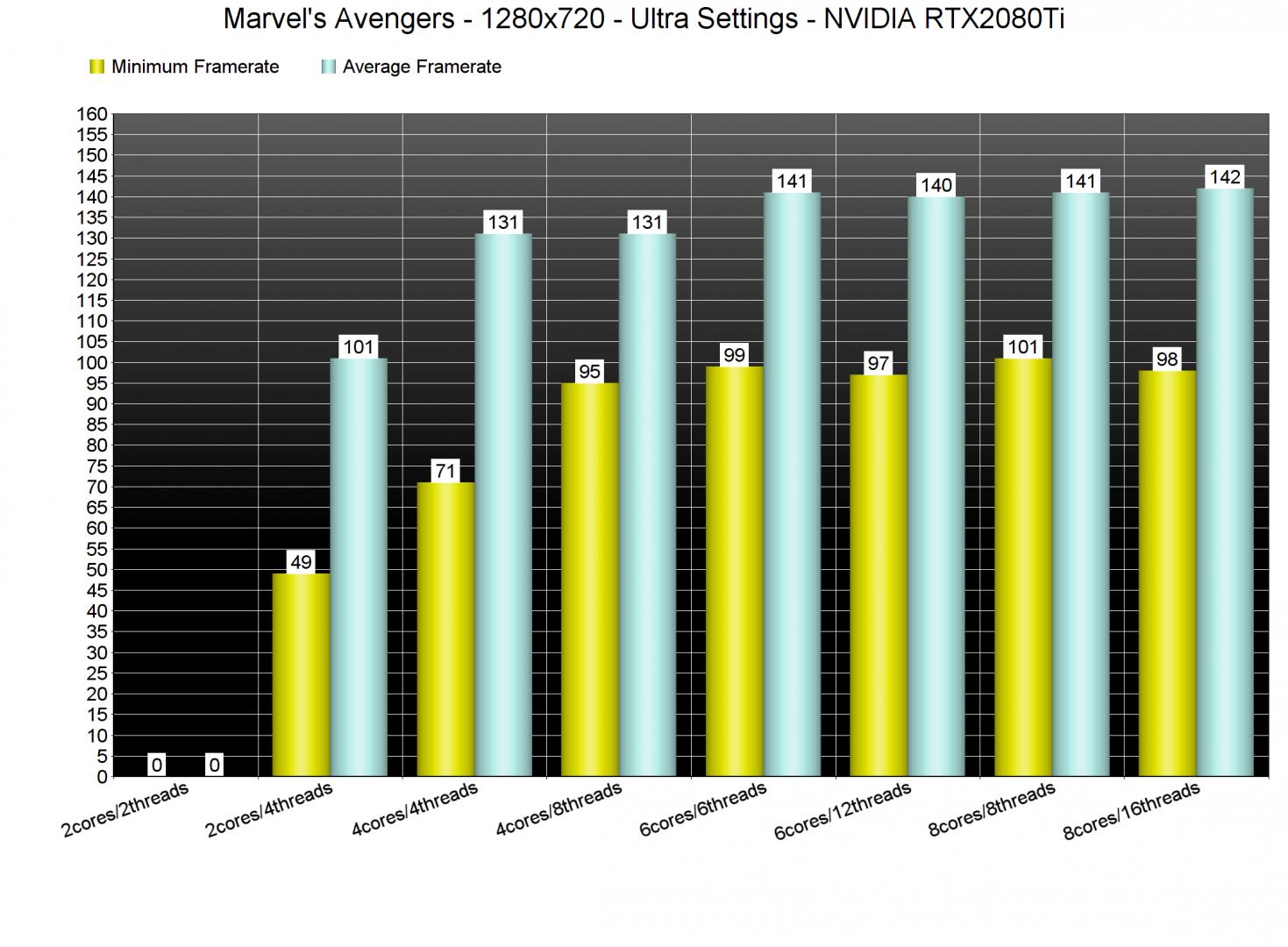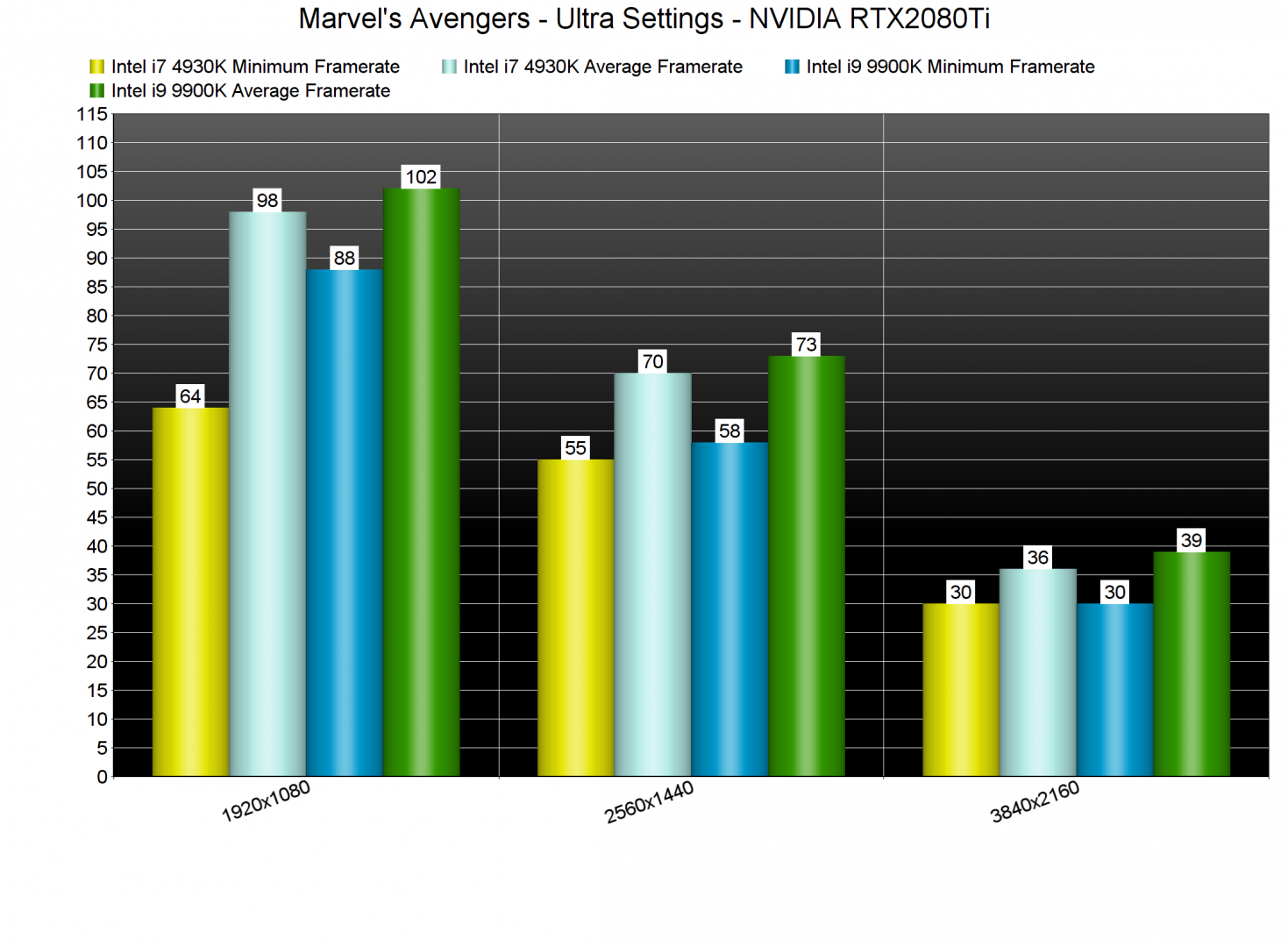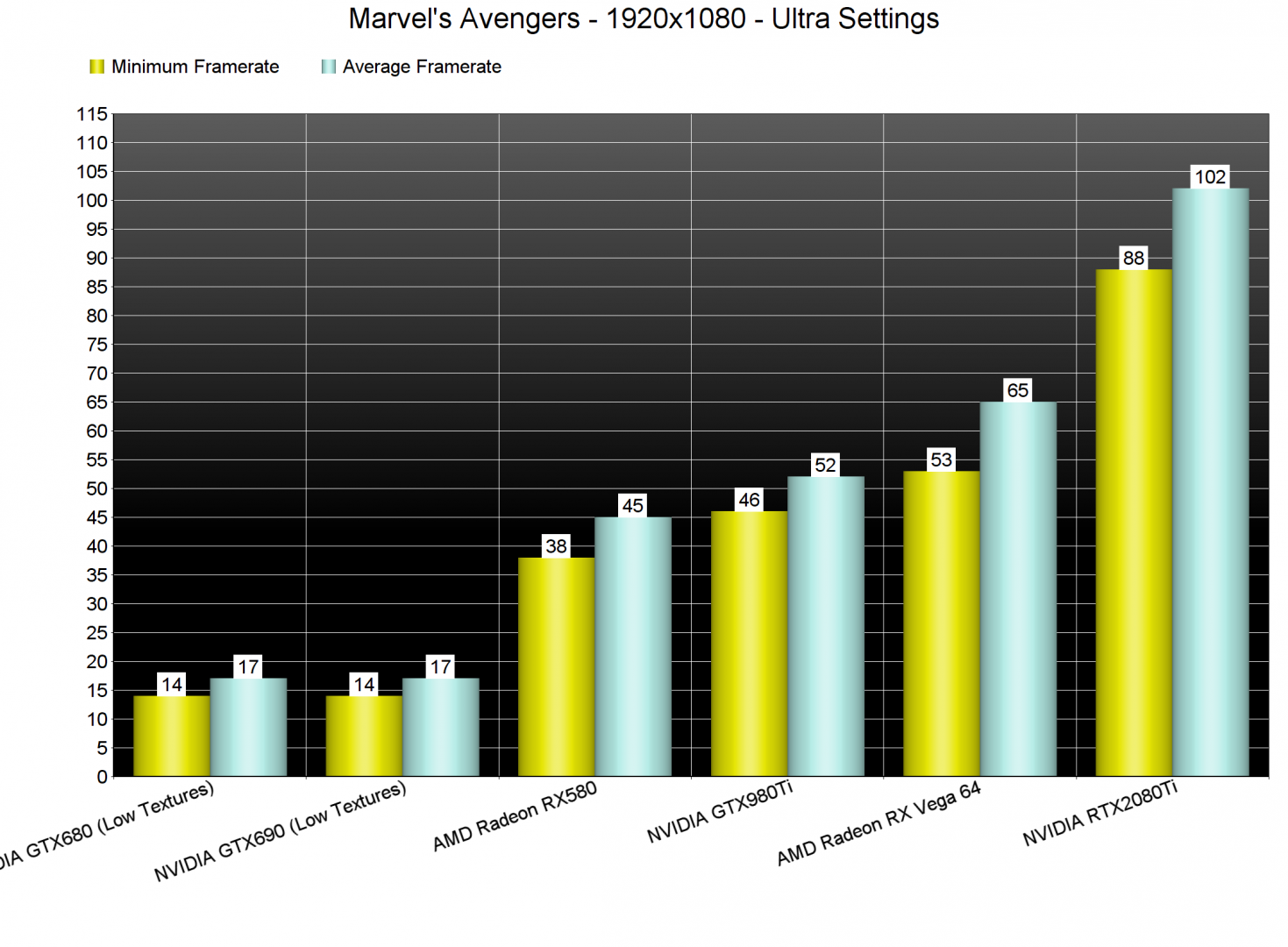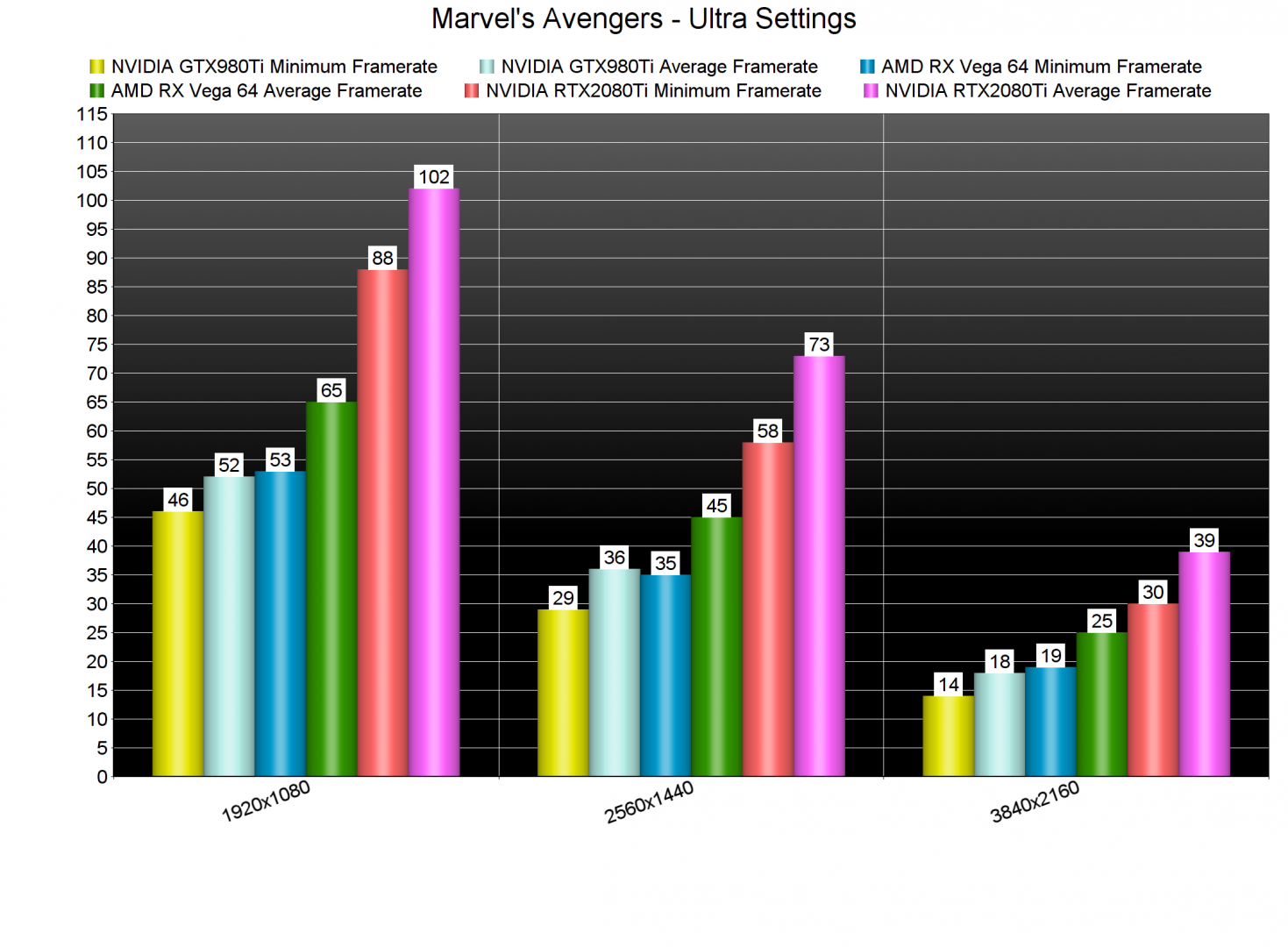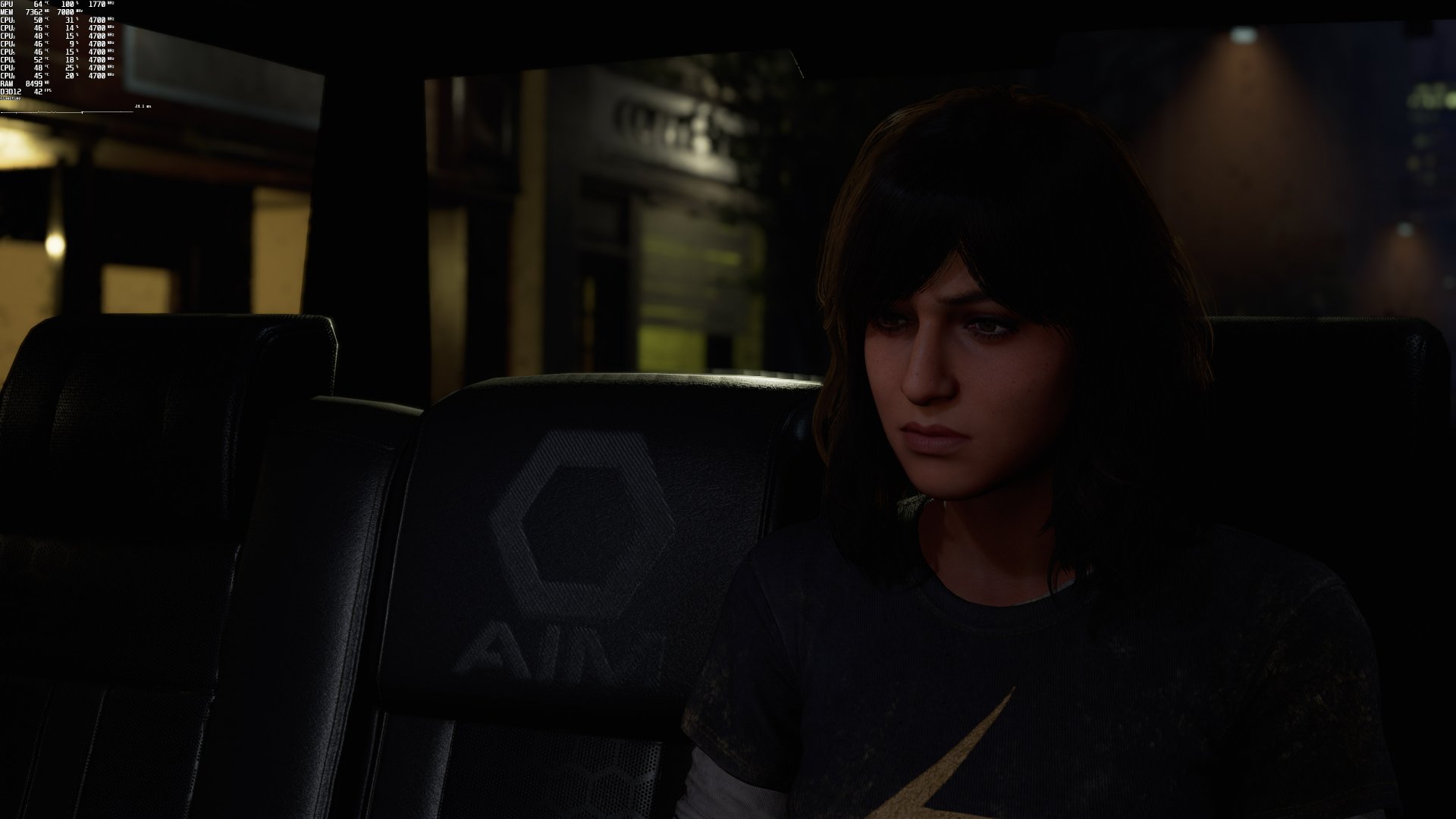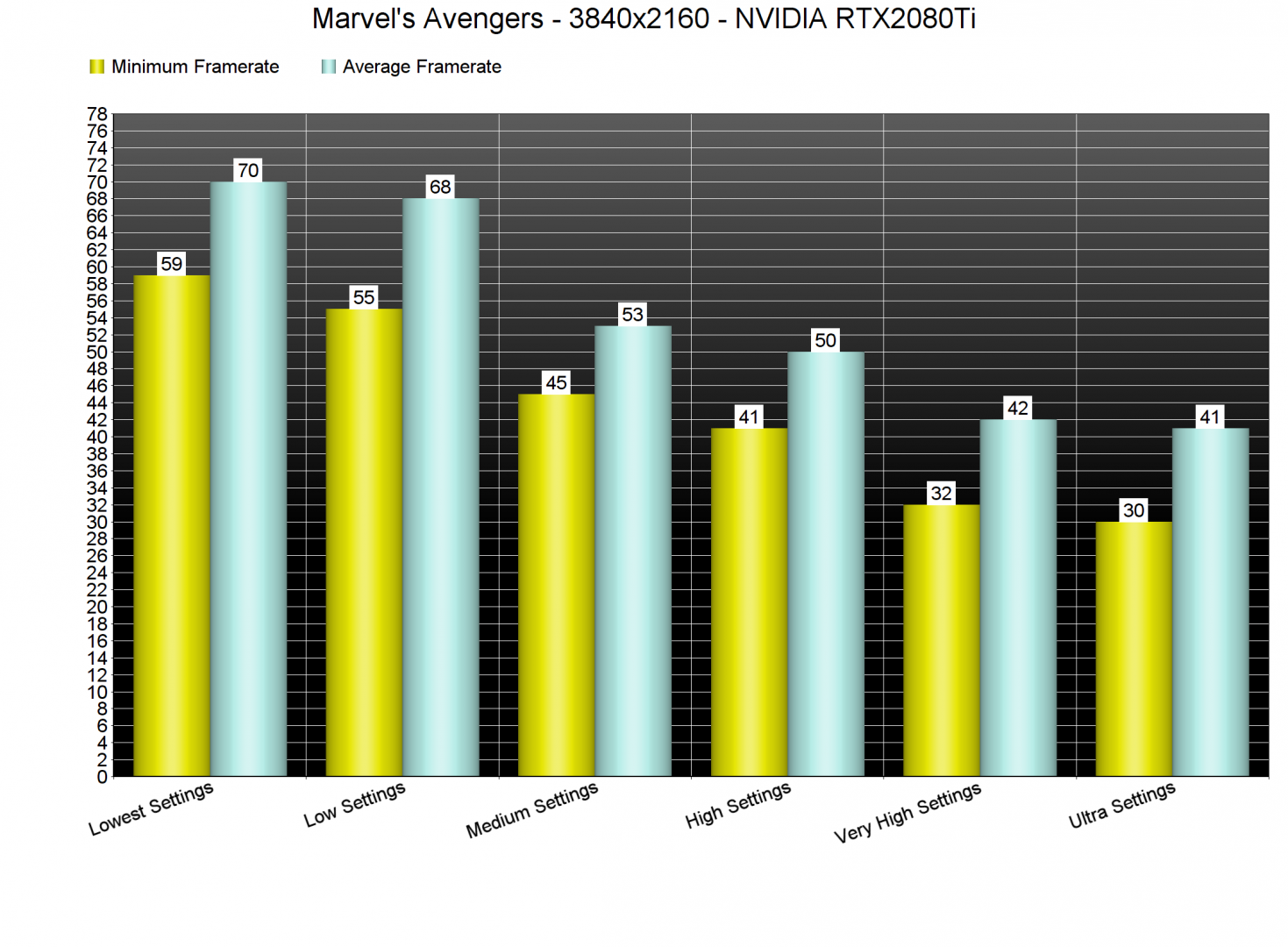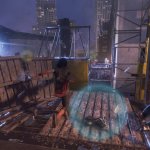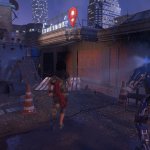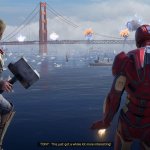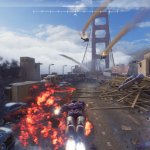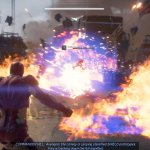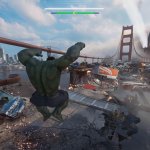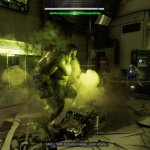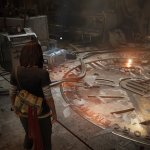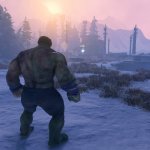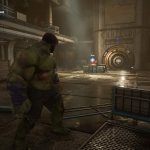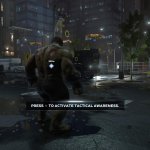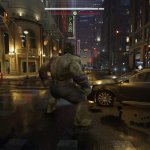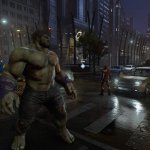Marvel’s Avengers releases later today on the PC. Nixxes Software has been handling the PC version and, surprisingly enough, Intel has helped develop PC-exclusive graphics improvements. Square Enix has provided us with a review code so it’s time to benchmark this game and see how it performs on the PC platform.
For this PC Performance Analysis, we used an Intel i9 9900K with 16GB of DDR4 at 3600Mhz, AMD’s Radeon RX580 and RX Vega 64, NVIDIA’s RTX 2080Ti, GTX980Ti and GTX690. We also used Windows 10 64-bit, the GeForce driver 452.06 and the Radeon Software Adrenalin 2020 Edition 20.8.3 drivers. NVIDIA has not added any SLI profile for this game, meaning that our GTX690 performed similarly to a single GTX680.
Nixxes has added lots of graphics settings to tweak. PC gamers can adjust the quality of Textures, Shadows, Depth of Field, LOD, Ambient Occlusion and Volumetric Lighting. There are also settings for Screen Space Reflections, VFX Quality, Enhanced Water Simulation and Enhanced Destruction. Additionally, you can enable Screen Space Contact Shadows, Tessellation, Lens Flares, Motion Blur and more.
Marvel’s Avengers does not come with a built-in benchmark. As such, we’ve decided to benchmark the New Jersey mission at the beginning of the game. This area features lots of enemies and destruction, so it should – theoretically – be representative of the game’s overall performance.
Marvel’s Avengers is using the Foundation Engine and contrary to Shadow of the Tomb Raider, it does not require a high-end CPU. In order to find out how the game scales on multiple CPU threads, we simulated a dual-core, a quad-core and a hexa-core CPU. And even at 1280×720 (on Ultra settings, obviously) we were limited by our GPU and not our CPU. With Hyper Threading enabled, our dual-core system was able to offer an average of 101fps. However, there were drops below 50fps, and we did experience some framepacing issues. Apart from that particular system, all the remaining ones were able to offer a constant 60fps experience.
Marvel’s Avengers also runs smoothly on older generation CPUs. Our Intel i7 4930K was able to push a minimum of 64fps and an average of 73fps at 1080p/Ultra. This particular CPU offered similar performance to our Intel i9 9900K at both 1440p and 4K.
Now contrary to its somehow light CPU requirements, Marvel’s Avengers requires a high-end GPU. At 1080p/Ultra, our AMD Radeon RX580 was able to push a minimum of 38fps and an average of 45fps. Not only that, but we were unable to get a constant 60fps experience even when we lowered our settings to Medium. So yeah, if you are looking for a locked 60fps experience, you will need a really powerful GPU. In fact, the only GPU that was able to provide such a thing at 1080p/Ultra was the RTX2080Ti. The AMD Radeon RX Vega 64 pushed a minimum of 53fps and an average of 65fps. Do note that those drops were during fighting scenes, so the game is more than enjoyable on that particular graphics card.
At 2560×1440, the only GPU that was able to offer a smooth gaming experience was the NVIDIA RTX2080Ti. However, we did notice some drops to 58fps. And as for 4K… well… this game clearly needs a next-gen graphics card.
Speaking of 4K, we did notice some VRAM limitations when using the game’s HD Texture Pack. On Ultra Settings/Ultra Textures, our performance went downhill in the following scene. As you can see, our RTX2080Ti was used to its fullest and pushed 17fps.
However, when we used Ultra Settings/High Textures, our performance skyrocketed to 42fps. This appears to be a VRAM limitation. As we can see, the game’s Ultra textures used 10.5GB of VRAM, whereas High textures used 8GB of VRAM. Thus, it will be interesting to see whether the NVIDIA RTX3080 will be able to handle this game in 4K with its 10GB VRAM.
Graphics-wise, Marvel’s Avengers is a mixed bag. At times, the game looks gorgeous. The game can push a lot of particle effects on screen, packs amazing 3D models, and comes with a lot of modern-day graphical techniques. Seriously, sometimes you feel like you’re playing a next-gen game. However, there are some areas that look average at best. For instance, the snow levels look worse than what we saw in Horizon Zero Dawn. Oh, and your characters can’t interact with the snow, and there aren’t any footprints in the snow. I’m bringing this because Shadow of the Tomb Raider had some amazing snow effects that are completely absent from Marvel’s Avengers.
In case you’re wondering, the game still drops below 60fps in 4K on Low settings. This shouldn’t really surprise you as this final build is a bit similar to the Open Beta build (performance-wise). Below you can find some screenshots that showcase the game in 4K/Low. So yeah, you still won’t be able to get a locked 60fps in 4K on an RTX2080Ti, even when using Low settings.
All in all, Marvel’s Avengers performs similarly to its Open Beta build. In other words, the game still suffers from some optimization issues. The biggest issue here is the game’s limited scalability. Even though it provides lots of graphics settings, the performance difference between Medium and Ultra settings is not that big. This is something that Nixxes will have to look into. Moreover, the game lacks some effects that were present in previous titles that were using this engine. For instance, it lacks the amazing snow effects of Shadow of the Tomb Raider. And while at times the game looks like a next-gen game, at other times it looks like an early current-gen title.
Enjoy!

John is the founder and Editor in Chief at DSOGaming. He is a PC gaming fan and highly supports the modding and indie communities. Before creating DSOGaming, John worked on numerous gaming websites. While he is a die-hard PC gamer, his gaming roots can be found on consoles. John loved – and still does – the 16-bit consoles, and considers SNES to be one of the best consoles. Still, the PC platform won him over consoles. That was mainly due to 3DFX and its iconic dedicated 3D accelerator graphics card, Voodoo 2. John has also written a higher degree thesis on the “The Evolution of PC graphics cards.”
Contact: Email

